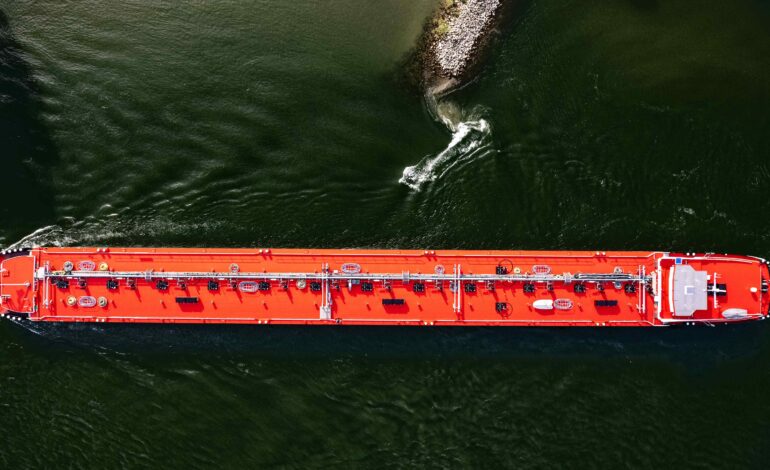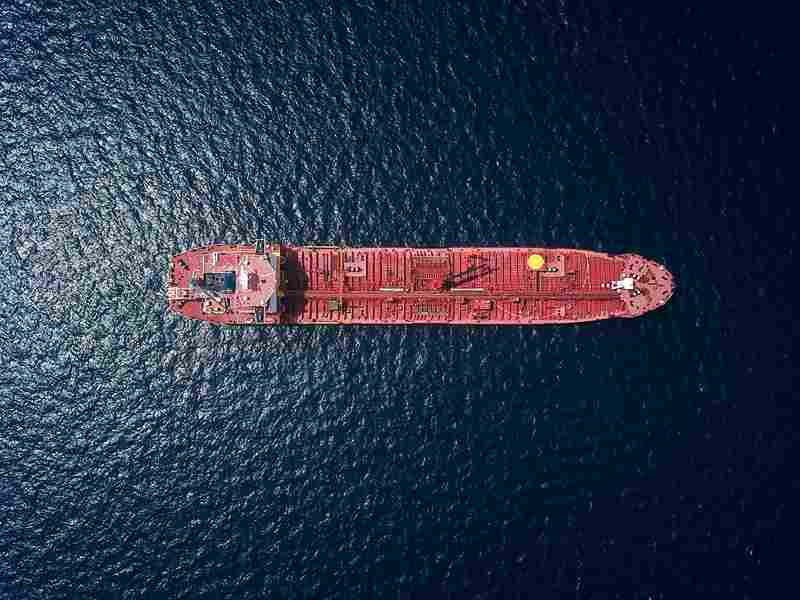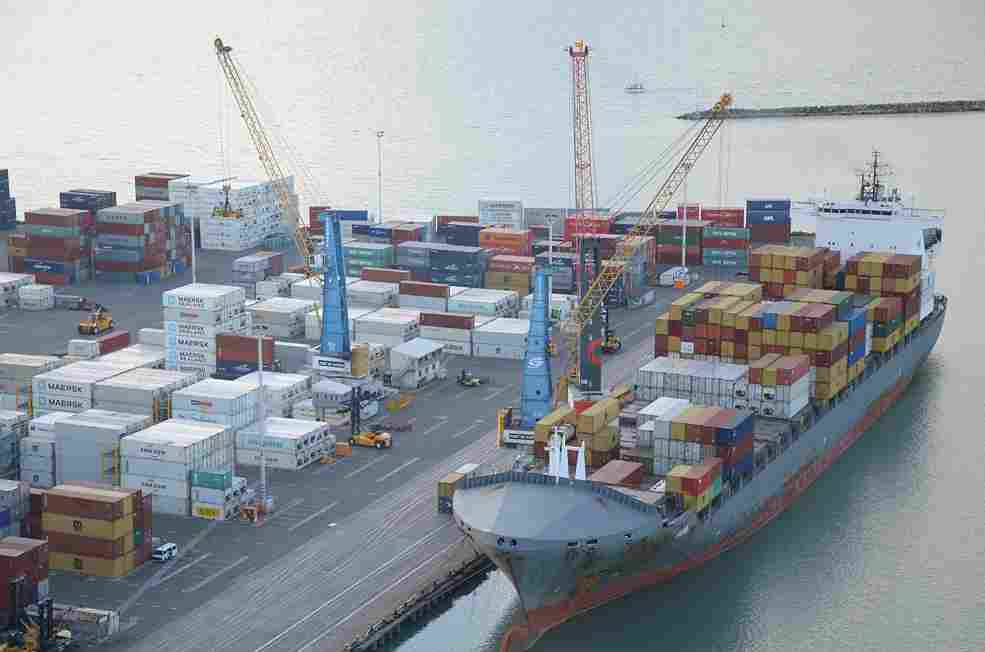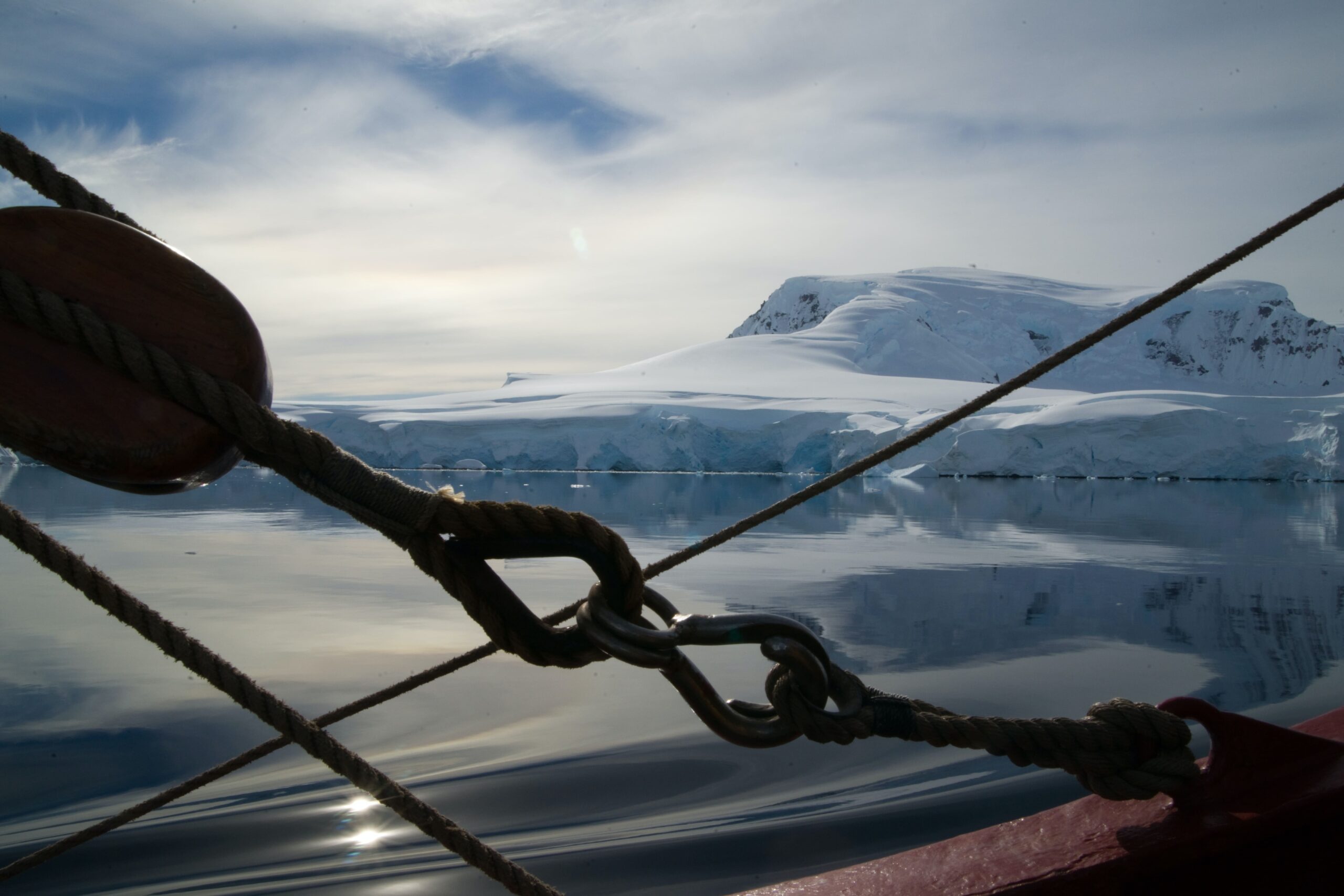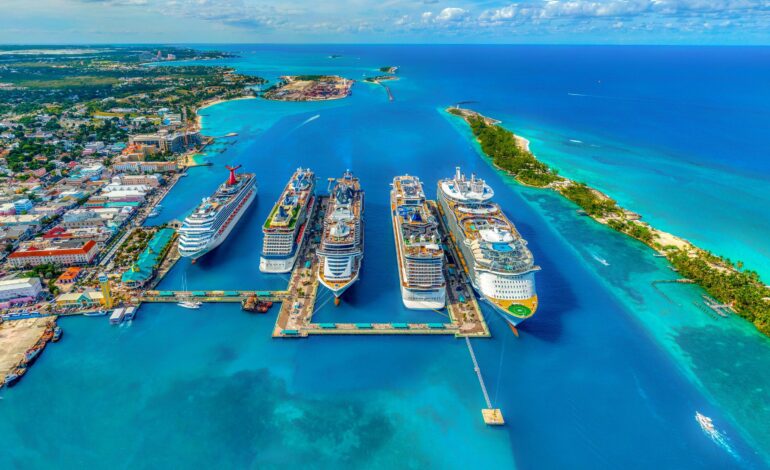
Bunker Fuel Consumption Trends in Cruise Industry
The cruise industry, renowned for providing luxurious experiences across the globe, faces increasing scrutiny over its environmental impact, particularly concerning bunker fuel consumption. As the demand for cruising continues to grow, the industry is compelled to adopt more sustainable practices and improve fuel efficiency. This article delves into the current trends in bunker fuel consumption within the cruise sector, examining the drivers behind these trends, technological advancements, regulatory pressures, and future prospects for achieving sustainability.
Current Trends in Bunker Fuel Consumption
- Growing Cruise Market:
- Expansion of Fleet: The global cruise fleet has expanded significantly over the past decade, with major cruise lines launching new, larger vessels equipped with advanced amenities. This growth correlates with an increase in overall bunker fuel consumption.
- Longer Voyages: Cruises are venturing to more remote and exotic destinations, often requiring longer voyages and higher fuel consumption.
- Shift Towards Cleaner Fuels:
- Low-Sulfur Fuel Oils (LSFO): Following the IMO 2020 regulation, which mandates the use of fuels with a sulfur content of no more than 0.50%, cruise lines have increasingly adopted LSFO, reducing sulfur oxide (SOx) emissions.
- Liquefied Natural Gas (LNG): LNG is emerging as a popular alternative, offering significant reductions in SOx, nitrogen oxides (NOx), and particulate matter emissions. Several new cruise ships are being built with LNG propulsion systems.
- Technological Innovations:
- Hybrid Propulsion Systems: Incorporating batteries and other energy storage systems alongside traditional engines to optimize fuel use and reduce emissions.
- Energy Efficiency Measures: Implementation of advanced hull designs, air lubrication systems, and waste heat recovery technologies to enhance fuel efficiency and minimize consumption.
Drivers of Change
- Environmental Regulations:
- IMO Regulations: The International Maritime Organization’s regulations, including the IMO 2020 sulfur cap and the forthcoming IMO GHG (Greenhouse Gas) strategy, are driving the cruise industry to adopt cleaner fuels and improve energy efficiency.
- Regional Regulations: Various regions, such as the European Union and North America, have established Emission Control Areas (ECAs) with stricter sulfur and NOx limits, influencing cruise lines to adopt compliant fuels and technologies.
- Public and Stakeholder Pressure:
- Consumer Awareness: Increasing awareness among consumers about environmental issues has led to greater demand for sustainable cruising options, prompting cruise lines to invest in greener technologies and practices.
- Investor Expectations: Investors and stakeholders are increasingly prioritizing environmental, social, and governance (ESG) criteria, compelling cruise companies to demonstrate their commitment to sustainability.
- Economic Considerations:
- Fuel Costs: Bunker fuel represents a significant portion of operating costs for cruise lines. Enhancing fuel efficiency and adopting cost-effective alternative fuels can provide economic benefits in addition to environmental advantages.
Technological Advancements
- LNG Propulsion:
- Cleaner Combustion: LNG offers a cleaner combustion process compared to traditional heavy fuel oils, significantly reducing emissions of SOx, NOx, and particulate matter.
- Infrastructure Development: Investments in LNG bunkering infrastructure at key ports are facilitating the adoption of LNG-powered cruise ships.
- Advanced Scrubber Systems:
- Emission Control: Scrubber systems, or exhaust gas cleaning systems, allow ships to continue using high-sulfur fuels while removing SOx from the exhaust gases. These systems can be either open-loop, closed-loop, or hybrid, depending on the operational requirements and regulatory constraints.
- Hybrid and Electric Technologies:
- Battery Integration: Hybrid systems combining conventional engines with batteries enable ships to switch to electric power during low-speed operations, such as in port or in environmentally sensitive areas.
- Fuel Cells: Emerging fuel cell technologies using hydrogen or other clean fuels offer the potential for zero-emission propulsion, although these technologies are still in the early stages of development for large-scale maritime applications.
Challenges and Considerations
- Infrastructure and Supply Chain:
- LNG Bunkering: While LNG offers environmental benefits, its adoption is limited by the availability of bunkering infrastructure. Expanding LNG bunkering facilities is crucial to support the growing number of LNG-powered vessels.
- Alternative Fuels: The development and distribution of alternative fuels, such as biofuels and synthetic fuels, face similar challenges, requiring substantial investment in production and supply chain infrastructure.
- Economic Viability:
- High Initial Costs: Investing in new technologies and retrofitting existing vessels with advanced systems can be capital-intensive. Balancing these costs with operational savings and environmental benefits is a key consideration for cruise lines.
- Market Fluctuations: The volatility of fuel prices and the uncertainty of future regulations can impact the economic feasibility of long-term investments in alternative fuels and technologies.
- Regulatory Compliance:
- Evolving Standards: Keeping pace with evolving environmental regulations at both international and regional levels requires continuous adaptation and investment in compliance measures.
- Harmonization: The lack of harmonized global standards can create complexity for cruise lines operating in multiple regions, necessitating tailored approaches to compliance.
Future Prospects
- Increased Adoption of Alternative Fuels:
- Biofuels and Synthetic Fuels: Continued research and development in biofuels and synthetic fuels could offer viable alternatives to traditional bunker fuels, providing similar energy density with lower emissions.
- Hydrogen and Ammonia: Long-term prospects for hydrogen and ammonia as marine fuels are promising, particularly for achieving zero-emission goals, though technological and infrastructural hurdles remain.
- Advancements in Energy Efficiency:
- Smart Ship Technologies: The integration of digital technologies, such as the Internet of Things (IoT) and artificial intelligence (AI), will enhance operational efficiency through real-time data analysis and predictive maintenance.
- Aerodynamic and Hydrodynamic Innovations: Ongoing advancements in hull design and propeller technology will further reduce fuel consumption and improve overall vessel performance.
- Collaborative Efforts:
- Industry Collaboration: Partnerships between cruise lines, fuel suppliers, technology providers, and regulatory bodies will be essential to drive innovation, share best practices, and develop sustainable solutions.
- Public-Private Partnerships: Government incentives and support for research and infrastructure development can accelerate the adoption of cleaner technologies and alternative fuels in the cruise industry.
Conclusion
The cruise industry’s approach to bunker fuel consumption is evolving rapidly in response to regulatory pressures, technological advancements, and increasing stakeholder expectations for sustainability. While significant challenges remain, the adoption of cleaner fuels, energy-efficient technologies, and innovative operational strategies are paving the way for a more sustainable future. As the industry continues to navigate these changes, collaboration and continued investment in research and development will be crucial to achieving long-term environmental and economic benefits. The journey towards sustainable cruising is complex, but the potential rewards for the industry, the environment, and society are substantial.

